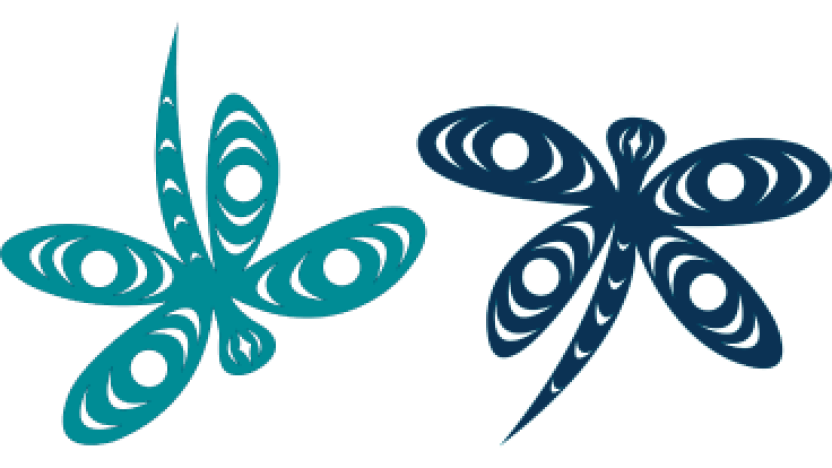Protecting and enhancing regional biodiversity and ecological assets will:
- Help build climate resiliency,
- Improve watershed and harbour health,
- Support food security and
- Enhance the livability, sustainability and resilience of the region through environmental stewardship.
What is Biodiversity?
Biodiversity is the term used for the incredible variety of life on Earth – from the smallest microbes to the coastal rainforests. Biodiversity includes:
- Genetic diversity: the variation in genetic characteristics of a species
- Species diversity: the number and types of different species that inhabit an area or ecosystem
- Ecosystem diversity: the variety of habitat types or ecosystems found within a landscape
Of all the provinces, BC has the most biodiversity in Canada. Insect species alone number between 50,000 and 70,000. Other species in BC include (at least) 143 mammals, 454 birds, 20 amphibians, 19 reptiles, 2,850 vascular plants, 1,600 lichens, 522 attached algae, and over 10,000 fungi. The great abundance of life found in many of BC’s marine areas rivals the biodiversity of tropical rain forests. Around 7,000 marine species have been identified in the region off the coast of BC, and at least as many unidentified species are believed to exist.
Take Action on Biodiversity
There are many ways to help support biodiversity in the capital region depending on your circumstances. Here are a few easy tips to get you started:
Native Species & Ecosystems in the Capital Region
Bylaw No. 4575. Biodiversity and Environmental Stewardship Service
The purpose of Bylaw No. 4575 is to establish a new regional service for the purpose of coordinating a regional approach to biodiversity, protection of ecological assets and environmental stewardship. The service will include conducting research, obtaining data, managing problem species, establishing partnerships with government and non-government organizations including First Nations, and facilitating an environmental stewardship strategy along with public outreach and education.
While the new service is initially built on the current invasive species management program, a regional approach to biodiversity and protection of natural assets requires coordination across multiple levels of government, First Nations, environmental organizations, landowners, and residents of the region. It also needs to be supported by research and inventories, collaborative partnerships, the implementation of an environmental stewardship strategy and public outreach program. Additional staff capacity and operational funds will be considered in future budget cycles to achieve a regional approach to biodiversity and protection of ecological assets.

